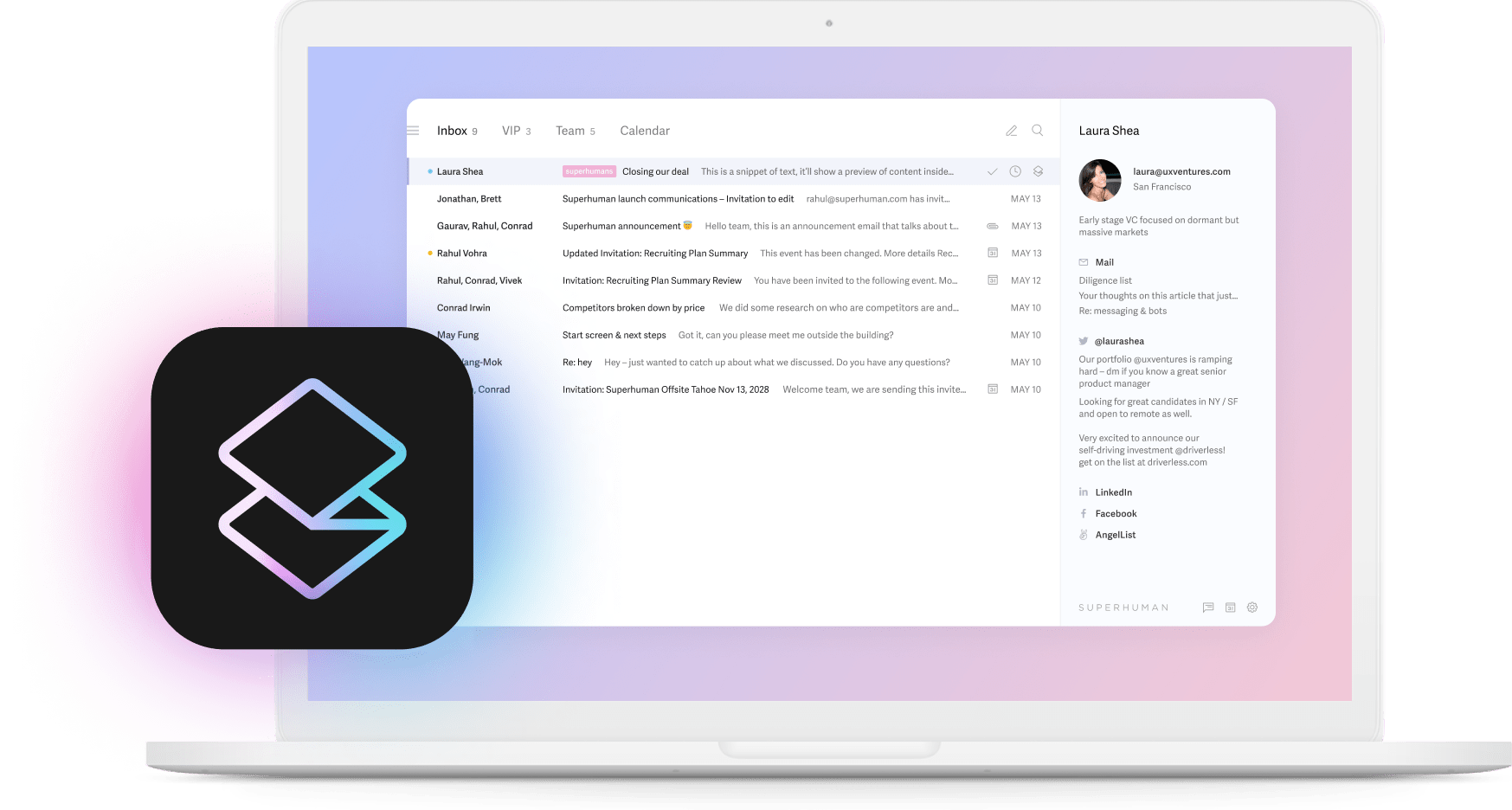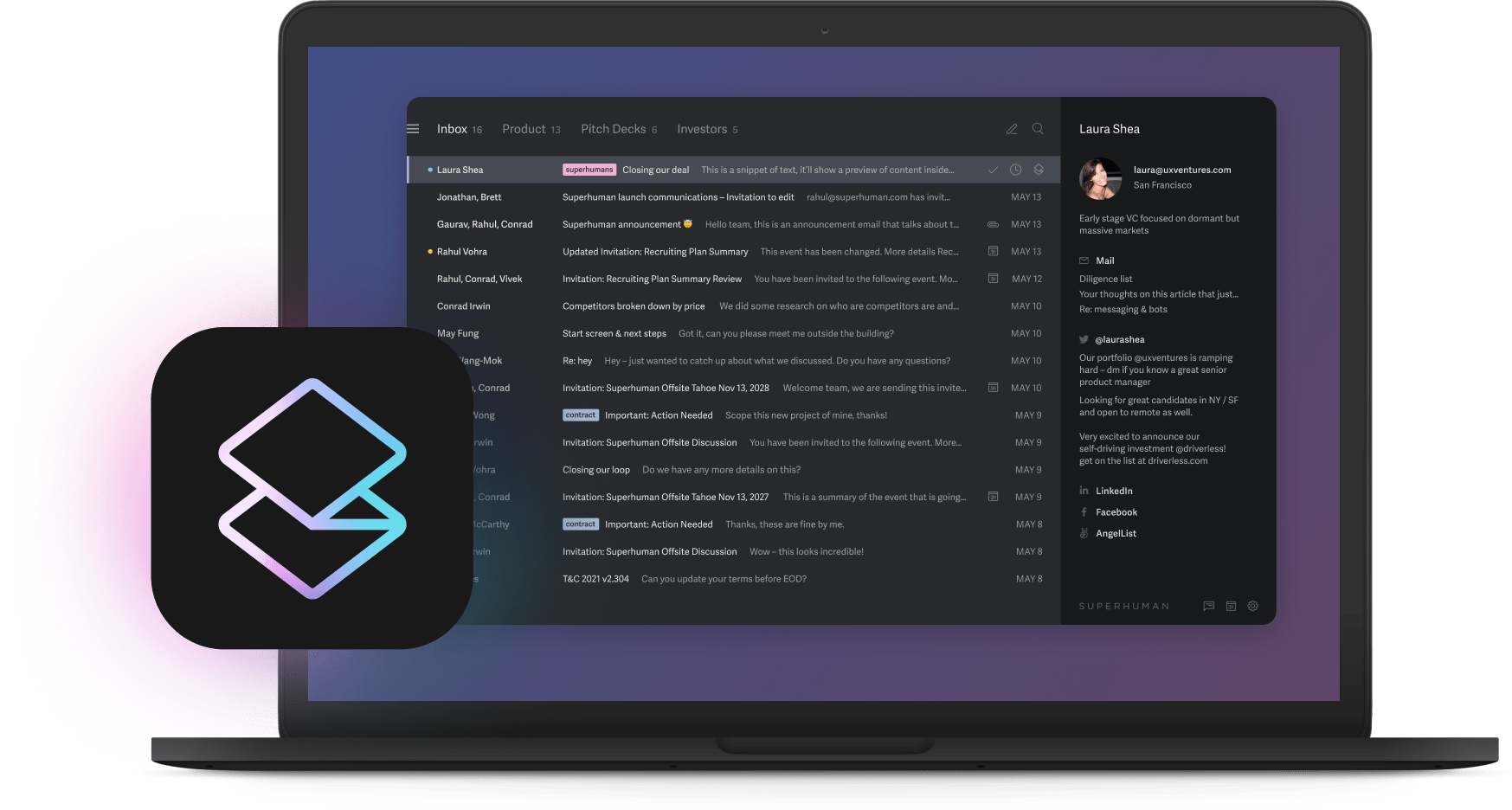
Your email app learns that you respond to messages from small companies within minutes but let emails from enterprise vendors sit for days. It notices you use different words when writing to your college friends versus your board members. So it starts drafting responses that sound exactly like you would to exactly those people, without you teaching it anything explicit about tone or urgency or relationship dynamics.
This happens when you build intelligence into the foundation instead of stapling it onto existing software. Most AI features feel like using a calculator app on your phone: helpful, but obviously separate from the thing you're actually trying to do. AI-native architecture makes the intelligence inseparable from the core function.
Traditional software with AI features asks "How can we make this existing thing smarter?" AI-native systems ask "What would we build if intelligence was free and infinite?" The results are completely different things.
What happens when software writes itself
AI workflow automation creates workflows by watching what you do, then doing more of it automatically. Your email client notices you always forward certain types of messages to your assistant, so it starts doing that without being asked. Your calendar sees you always decline meetings scheduled during your lunch break, so it starts blocking that time automatically.
This creates software that improves while you're not using it.
Traditional systems optimize for consistency: do the same thing the same way every time. AI-native systems optimize for getting better: do things more effectively than yesterday, even if that means doing them completely differently.
The system becomes less predictable but more useful.
Instead of programming "if this, then that" rules, you get software that writes its own rules based on observed patterns. The system discovers preferences you didn't know you had rather than just executing the ones you programmed.
When the infrastructure becomes intelligent
Most people think AI-native means having really sophisticated AI features. Actually, it means the infrastructure itself thinks.
Your data pipelines move information from point A to point B, but they also notice that you always need certain types of analysis on Thursday afternoons, so they start pre-processing that data Wednesday night. The system reorganizes itself around your actual usage patterns instead of theoretical optimal configurations.
Security stops being a set of rules and becomes a learning system that notices when something feels wrong. Data quality maintains itself. Performance optimizes itself. The infrastructure develops intuition.
This sounds abstract until you realize it eliminates the endless cycle of monitoring dashboards, tuning configurations, and manually optimizing systems that immediately start degrading again.
The system maintains itself the way your body maintains its temperature: automatically, continuously, without conscious oversight.
The difference between cloud native and actually native
Cloud native architecture solved the scaling problem of how to handle 10x more users without everything falling apart. Microservices, containers, APIs that survive when one component fails.
AI-native solves the adaptation problem. How to build systems that get smarter rather than just bigger. Where cloud native systems execute efficiently, AI-native systems learn continuously.
Cloud native makes software that scales. AI-native makes software that evolves.
Intelligence in practice
Email that knows you better than you know yourself
Superhuman's approach reveals something profound about AI-native design, instead of building email management features, they built an email system that manages itself. Auto Labels watches how you naturally prioritize, then starts doing that prioritization for you, without predefined categories.
Write with AI learns your voice so thoroughly that it can write as you. The specific voice you use with your college roommate versus your company's board versus your direct reports. The system notices that you're more casual with people who went to the same university, more formal with people whose titles include "Chief," more collaborative with people who respond quickly to your messages.
Teams using this approach save 4 hours per person every week because the AI handles the cognitive overhead of deciding what matters, leaving humans free to focus on the actual communication.
Try SuperhumanNetworks that prevent their own problems
Ericsson's AI-native networks do something remarkable: they predict their own failures and fix them before users notice anything wrong. The network learns traffic patterns, anticipates demand spikes, and redistributes capacity proactively rather than just routing traffic efficiently.
When something does go wrong, the system diagnoses the root cause, implements a fix, tests the solution, and documents what it learned for next time. The network becomes simultaneously more complex and more reliable.
Development without deployment anxiety
AI-native software delivery platforms eliminate the gap between writing code and running it in production. The system learns what successful deployments look like, then starts making deployment decisions automatically. It predicts which changes are likely to cause problems, runs additional tests on risky deployments, and rolls back changes that fail to meet performance thresholds.
Instead of DevOps teams managing deployment pipelines, the pipelines manage themselves. The anxiety of pushing code to production disappears because the system has learned to be more cautious than any human operator.
Commerce that reads minds
AI-native e-commerce creates shopping experiences that feel telepathic. Amazon's recommendation engine drives 35% of total sales by understanding the subtle patterns in how you browse like how long you pause on certain images, which reviews you read completely, and how your shopping behavior changes based on the time of day or season.
The system reorganizes your entire shopping experience around what it learns about your preferences rather than just recommending products. Inventory management becomes predictive. Customer service becomes proactive. The entire platform adapts to serve you better.
Healthcare that sees patterns across millions of patients
Federated learning in healthcare creates something unprecedented, AI systems that learn from patient data across thousands of hospitals without any single institution sharing private medical records. The intelligence compounds across the entire healthcare network while keeping individual data completely private.
These systems spot correlations that would take human doctors decades to notice. Subtle patterns between symptoms, treatments, and outcomes that only emerge when analyzing data at massive scale. A doctor in rural Montana gets insights derived from cases in Tokyo, Boston, and São Paulo, without any patient privacy being compromised.
Why this is harder than it looks
Building AI-native systems requires accepting that you can't control everything your software does. Traditional systems fail predictably. AI-native systems can surprise you, sometimes pleasantly, sometimes in ways that require rapid response.
The migration challenge is real: you can't gradually add intelligence to existing systems and expect AI-native results. But you also can't throw away working systems and start over. Most organizations end up running parallel architectures during transition periods, which doubles complexity before it reduces it.
Data quality becomes existential rather than operational. Traditional systems limp along with imperfect data. AI-native systems amplify data problems exponentially.
Building teams that understand emergence
AI-native architecture requires people who are comfortable with systems that change their own behavior. This demands different approaches to testing (how do you test software that learns?), debugging (how do you debug emergent behavior?), and quality assurance (how do you ensure quality in systems that continuously modify themselves?).
The cultural shift is profound: from building systems that do what you tell them to building systems that learn what you want.
Trust without control
As systems become more autonomous, they also become more opaque. The challenge is building systems intelligent enough to make good decisions independently but transparent enough that humans can understand and trust those decisions.
This creates entirely new categories of risk. When your email system learns to draft responses in your voice, what happens if it learns the wrong lessons? When your deployment system automatically rolls back changes, how do you prevent it from being overly cautious and blocking necessary updates?
What you can do starting tomorrow
Stop asking "How can we add AI to our existing systems?" Start asking "What would we build if intelligence was built in from the beginning?"
Look for places where your team spends time on repetitive decision-making that follows patterns. Those patterns are opportunities for AI-native solutions.
Start small but think architecturally. Build one system that learns from user behavior and improves itself automatically. Watch how it changes the expectations and workflows around it.
The competitive advantage lies in having tools that become more intelligent by using them. The sooner you start building systems that learn, the longer they have to get smart.





